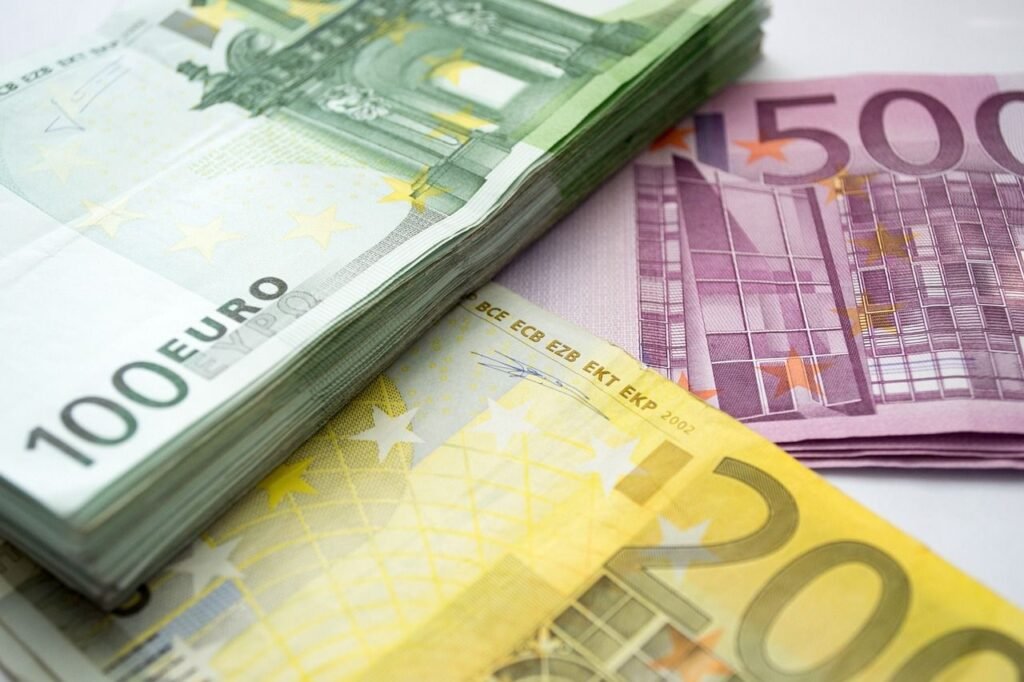The Rise of Stablecoins: A Focus on Europe
Introduction to Stablecoins
Stablecoins have emerged as a crucial segment of the cryptocurrency landscape, with the market size ballooning to approximately $255 billion. A staggering $241 billion of this total is concentrated in U.S. dollar-backed stablecoins, reflecting a significant reliance on the dollar within the crypto ecosystem. This trend poses challenges for regions like Europe, which may find itself sidelined in the rapidly evolving world of global finance unless proactive measures are taken.
Europe’s Unique Position
Lorenzo Bini Smaghi, a former European Central Bank board member and current chair of Société Générale, highlights the potential risks associated with the U.S. dollar’s dominance in the stablecoin sector. He observes that European financial institutions and policymakers are hesitant to engage with new technologies, leading to the euro’s underrepresentation in the stablecoin market. Despite the European Union’s implementation of the Markets in Crypto-Assets (MiCA) law, which mandates that token issuers maintain reserves in cash and high-grade sovereign bonds, the euro struggles to gain traction.
The Risk of Monetary Sovereignty
Bini Smaghi warns that the continued preference for dollar-backed stablecoins by consumers and businesses could undermine Europe’s monetary sovereignty. If users shift their deposits from euro-area banks to U.S.-centric platforms, it could diminish the European Central Bank’s ability to regulate monetary flows effectively. This erosion of control could also affect the ECB’s capacity to manage interest rates or stabilize markets during financial turbulence.
A Call for Regulatory Adaptation
To counter this trend, Bini Smaghi advocates for European regulators to embrace innovation rather than stifle progress. He suggests that by sponsoring euro-backed tokens and establishing consistent regulatory standards, the European Central Bank could modernize cross-border payments and enhance the integration of Europe’s capital markets. This approach would not only fortify the euro’s position in the digital currency landscape but also ensure that Europe does not become marginalized in the global financial system.
The Path Forward for Europe
Société Générale has already taken steps in this direction by launching its own euro-backed stablecoin in 2023, along with a U.S. dollar-backed counterpart. Such initiatives signal a necessary pivot towards integrating digital currencies within the European financial framework. By fostering innovation and regulatory clarity, Europe can reclaim its stake in the evolving narrative of global finance, particularly as the demand for stablecoins continues to rise.
Conclusion: A New Financial Era
In summary, the rise of stablecoins presents both challenges and opportunities for Europe. As the market grows and the dominance of dollar-backed tokens becomes more prominent, proactive measures are essential to safeguard Europe’s monetary sovereignty and to enhance the euro’s relevance in the digital economy. Through regulatory support and strategic innovation, Europe can navigate the future of finance effectively and equitably, ensuring it remains a central player on the global stage.


